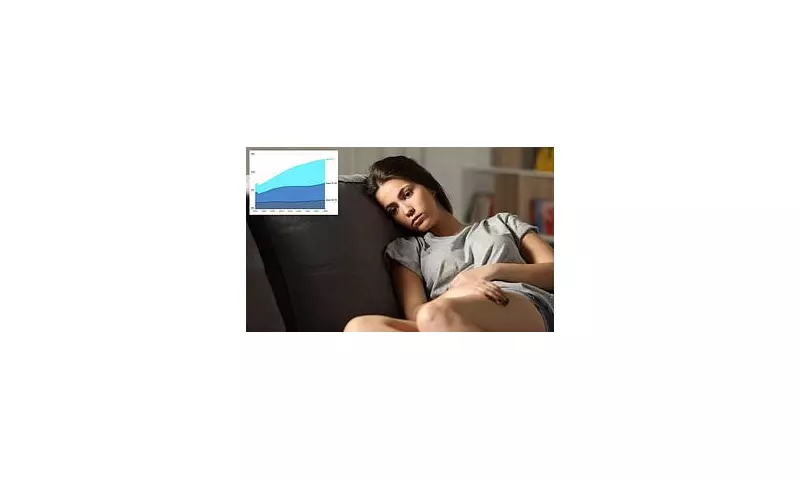
Health experts in the UK are urging the public to recognise a common yet frequently missed symptom of dementia known as 'sundowning'. This distressing phenomenon causes individuals with dementia to experience heightened confusion, agitation, and significant behavioural shifts as daylight begins to fade in the late afternoon and evening.
What is Sundowning and What Are the Signs?
Neuropsychologist April Krowel describes sundowning as a constellation of symptoms rooted in confusion and disorientation. It affects approximately one in five people living with dementia. As the day progresses and light diminishes, a person may suddenly become more unsettled and anxious.
Symptoms typically emerge in the late afternoon or early evening, but neurologist Dr Victor Diaz notes that for some, they can occur quite late into the evening. An episode might be brief or extend for several hours, sometimes continuing well into the night.
Key signs of sundowning include:
- Becoming unsure of one's location or the actions of others.
- Finding familiar routines, like a family preparing dinner, to feel unfamiliar or threatening.
- Experiencing increased anxiety, pacing, restlessness, or irritability.
Krowel explains the profound unease this causes: They don't know where they are, where they live, they don't feel safe, which creates an anxiety within them, which can lead to restlessness and irritability. This is often followed by difficulty sleeping, and in certain dementias like Lewy body dementia, hallucinations may also occur.
The Causes and Triggers Behind the Phenomenon
The exact cause of sundowning remains unknown, but experts point to disruptions in the circadian rhythm as a primary suspect. This is the body's internal clock that regulates sleep and wakefulness, heavily reliant on natural light cues.
When this system becomes unstable, a person may feel more alert at night and fatigued during the day. Dr Diaz and Krowel highlight several common factors that can worsen sundowning:
- Changes in routine or environment, such as moving furniture or switching caregivers.
- Overstimulating, noisy environments late in the day.
- Limited exposure to daylight.
- Underlying issues like pain, hunger, anxiety, or poor eyesight.
- Certain medications, including some narcotics and psychotropic drugs.
Dr Diaz advises families to monitor medication timing and report any symptom intensification to their GP. It is also crucial to differentiate sundowning from delirium. While sundowning recurs around the same time daily, delirium can strike suddenly at any hour and may signal a critical medical issue like an infection or stroke.
Managing Sundowning for Better Evening Care
Despite the challenges, understanding the patterns of sundowning can make evenings more manageable for both individuals and their carers. Experts recommend a calm, reassuring approach.
Dr Diaz suggests gently orienting the person by explaining where they are and what is happening. He warns that isolation can feed into fear and anxiety. Creating a consistent routine, managing lighting to reduce confusing shadows, and minimising evening noise are all effective strategies.
With proper medical oversight and these proactive measures, many of the most distressing symptoms can be eased. This is vital, as dementia is a leading cause of death, projected to affect nearly 13 million Americans by 2050, with similar concerns in the UK regarding an ageing population.





